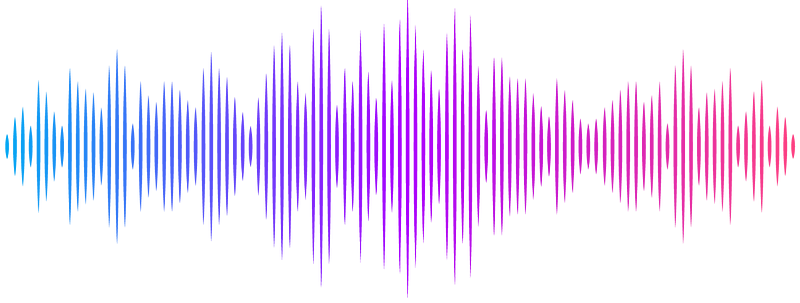Deriving microbial food web structure by maximizing entropy production over variable timescales

Deriving microbial food web structure by maximizing entropy production over variable timescales
Vallino, J. J.; Ahern, O. M.; Huber, J. A.
AbstractProtists and viruses dynamically alter the flow of mass and energy through microbial food webs via predation. Simple microbial food web models show that the addition of microbial predators can increase the primary production of a microbial community but only for some configurations of food web structure. Under the conjecture that systems self-organize to maximize energy dissipation, known as the maximum entropy production (MEP) principle, we developed an MEP-based model that predicts microbial food web structure, and we examine how food web structure differs when entropy production is maximized over short versus long timescales. The model design follows from an experimental system and uses a trait-based variational method to set trait values by maximizing entropy production over a specified interval of time. Model results show that short-term MEP optimization (STO) produces microbial communities that specialize in substrate preference and consumers that have fewer trophic levels than solutions based on long-term optimization (LTO) that have substrate generalist and more trophic levels. Our MEP-based approach provides an alternative to food web structure synthesis that does not depend on assumptions of community stability.